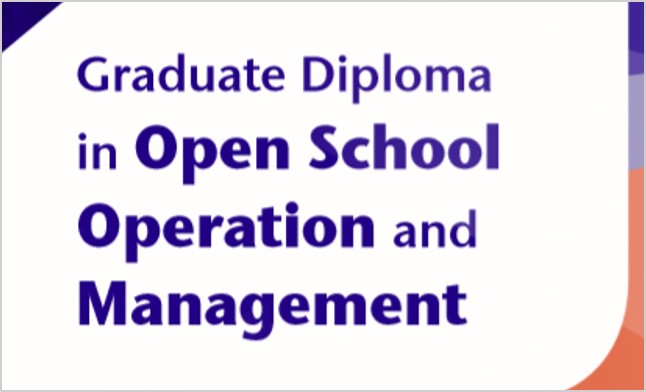There is a universal need for improving access to education in countries all over the world. Millions of children and youths do not go to school and as a result they do not reach their economic potential: individuals, families and countries suffer as a result. In 2000 the
Millennium Development Goals called for an end to poverty and an improvement in access to education by 2015. Sadly these goals were not reached and a new set of goals, the Sustainable Development Goals were set in 2015 for 2030. As the purpose of this module is
to investigate issues of education you will focus on the goals aimed at improving education, but the other goals make interesting reading, as education is needed for any of them to be achieved. Access to traditional or conventional education is hampered by socio-political
occurrences as well as socio-economic situations of learners and their families.
1. Explain Openness in an education system.
2. Discuss the foundations, evolution and types of ODL in the developing world.
3. Examine the pedagogical methods used in ODL.
4. Examine the similarities and differences between an open school and traditional school.
5. Explore the impact of Open Schools on the regional and national economic, social and educational systems.
Unit 1: The changing educational landscape
Unit 2: The role of Open Distance Education in the achievement of the MDGs
Unit 3: Foundations and evolution of ODL
Unit 4: Open schools versus traditional schools
Unit 5: The impact of Open schools on regional and national economic, social and educational systems

